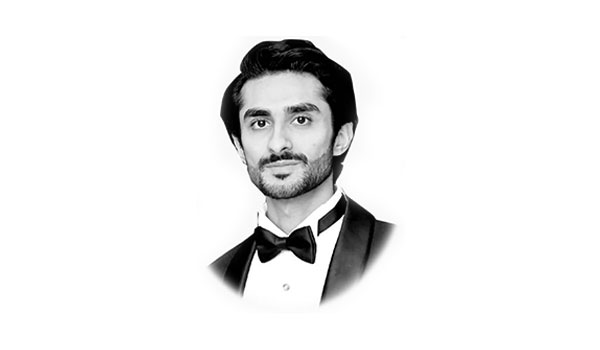August 14, 1947, Pakistan Independence. The great divide
When the British left India after 300 years, on August 14, 1947, the Muslim state of East and West Pakistan was created out of the partition of India.
Two independent nation-states are Hindu-majority India and Muslim-majority Pakistan. 75 years ago began the biggest migration in human history where hundreds of thousands of people die in widespread communal violence.
There was a mutual genocide. In Punjab and Bengal, which borders West and East Pakistan there were huge massacres, forced conversions, abductions, and sexual violence.
Therefore we all should be recognized that both countries carry a bloody legacy. As Pakistani historian Ayesha Jalal described partition as “A defining moment that is neither beginning nor end, the partition continues to influence how the peoples and states of postcolonial South Asia envisage their past, present, and future.”
Within a few centuries, an Indo-Islamic civilization emerged along with a hybrid language “Urdu” which mixed the Sanskrit-derived vernaculars of India with Turkish, Persian, and Arabic words.
The British scholar Yasmin Khan, in her acclaimed history “The Great Partition,” describes Partition as follows: “stands testament to the follies of empire, which ruptures community evolution, distorts historical trajectories and forces violent state formation from societies that would otherwise have taken different—and unknowable—paths.
This rupture could have been stopped. If we go back in time Muhammad Ali Jinnah, the leader of the Muslim League, and Mohandas Gandhi and Jawaharlal Nehru, the two most prominent leaders of the Hindu-dominated Congress Party, were all lawyers that had the privilege to study in England.
Jinnah and Gandhi were both Gujarati. So we could possibly imagine they could have been close allies, but unfortunately, their relationship was not good due to their differences of thinking.
Jinnah said to the congress once “I say to my Musalman friends: Fear not!”
He also described the idea of Hindu domination as “a bogey, put before you by your enemies to frighten you, to scare you away from cooperation and unity, which are essential for the establishment of self-government.”
Jinnah then decides to lead and be the architect of the Islamic Republic of Pakistan. In 1941, Karachi, the first capital of Pakistan, was 47.6% Hindu, and Delhi, the capital of independent India, was one-third Muslim.
In 1947 Hindus from Karachi had to leave and two hundred thousand Muslims had been forced out of Delhi.
Since then India and Pakistan carry an unfortunate rivalry and have fought two inconclusive wars over the disputed region of Kashmir. In a way, 1947 has yet to come to an end…
—The writer is Chief Digital Officer, Pakistan Observer, Islamabad.








